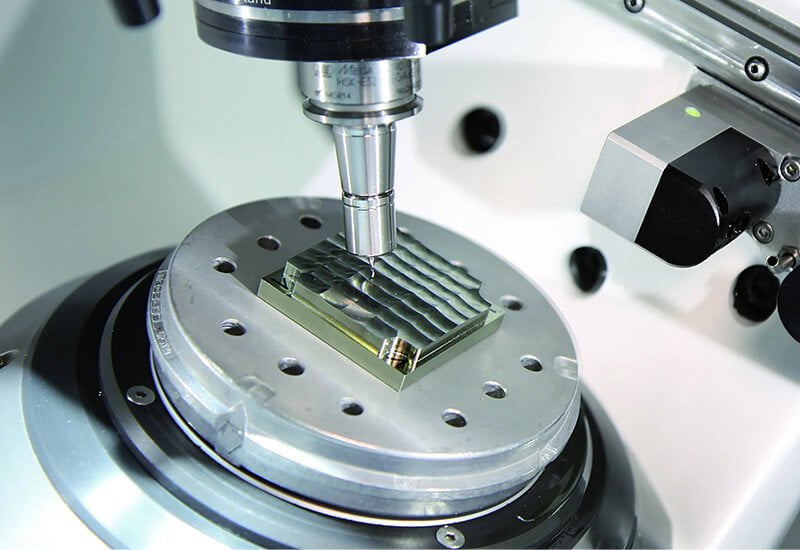
Ways to Avoid Injection Molded Plastic Part Defects
Injection molding is a staple manufacturing process for producing plastic parts due to its efficiency and the ability to produce parts with complex geometries at high volumes. However, like any manufacturing process, it can be susceptible to certain defects if not properly managed. To ensure high-quality outputs and reduce waste, here are essential strategies for avoiding common defects in injection molded plastic parts.
1. Optimize Material Selection
Choosing the right material is crucial for preventing defects. Each plastic has its own properties, such as melt temperature, cooling rate, and shrinkage, which can affect the final product. Ensure the material selected is suitable for the part’s design requirements and compatible with the intended injection molding parameters. Consulting with material suppliers or using material databases can provide valuable guidance.
2. Design for Manufacturability
Good design practices can significantly reduce the likelihood of defects. This includes designing with uniform wall thickness to prevent sink marks and voids, adding proper draft angles to facilitate easier ejection from the mold, and ensuring that ribs and bosses are appropriately sized and positioned. Using simulation software like CAD and CAE can help predict and mitigate potential issues before moving into production.
3. Ensure Proper Mold Design and Construction
A well-designed and precisely constructed mold is fundamental to producing quality parts. Ensure that the mold allows for adequate venting to prevent trapped air, which can cause burns and voids. The mold should also have proper cooling systems to maintain a consistent temperature and reduce the risk of warping or residual stresses in the finished parts.
4. Control Molding Parameters
The injection molding process involves several key parameters that need to be optimized, including injection speed, pressure, temperature, and cooling time. These parameters should be adjusted according to the material used and the specific part design to ensure complete and uniform filling of the mold. Regular monitoring and adjustments may be necessary to maintain optimal conditions throughout the production run.
5. Maintain the Injection Molding Equipment
Regular maintenance of the injection molding machine and associated equipment is essential to prevent defects. This includes routine checks and servicing of the hydraulic, pneumatic, and heating systems. Keeping the machine in top condition helps ensure consistent performance and prevents issues such as inconsistent material flow or excessive wear on the mold components.
6. Monitor and Manage Moisture Content
Plastic resin pellets can absorb moisture from the air, which can vaporize during molding and result in defects such as splay (silver streaks) or blisters. Ensuring that the material is properly dried before processing is crucial. Using desiccant dryers and closely monitoring the moisture content can help avoid these moisture-related defects.
7. Train Personnel
Skilled operators and technicians can significantly influence the quality of the injection molded parts. Regular training on the latest injection molding techniques, understanding of new materials, and familiarity with the specific machinery used can help personnel prevent and troubleshoot potential issues more effectively.
Conclusion
Preventing defects in injection molded plastic parts requires attention to detail at every stage of the process, from design and material selection to machine maintenance and parameter optimization. By implementing these strategies, manufacturers can enhance product quality, reduce waste, and increase overall production efficiency. Continual improvement and adherence to best practices are key to achieving and maintaining high standards in injection molding.


